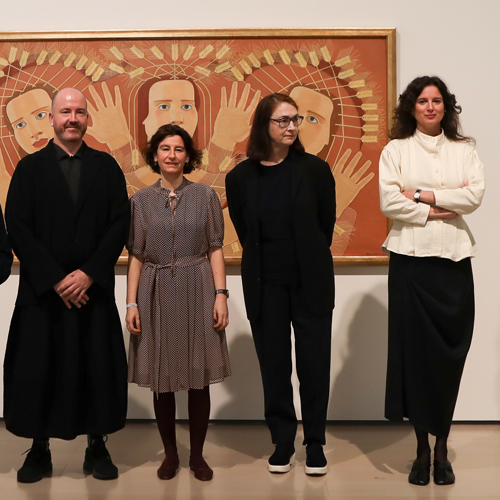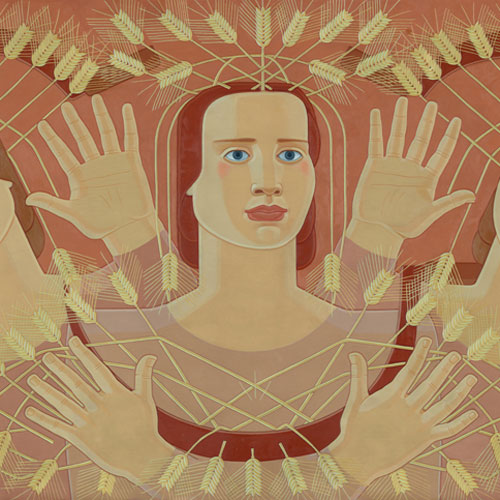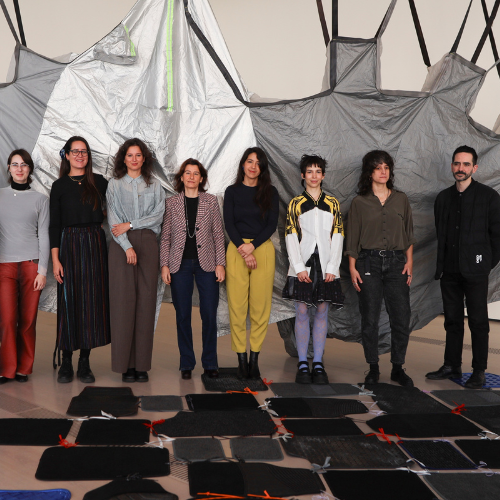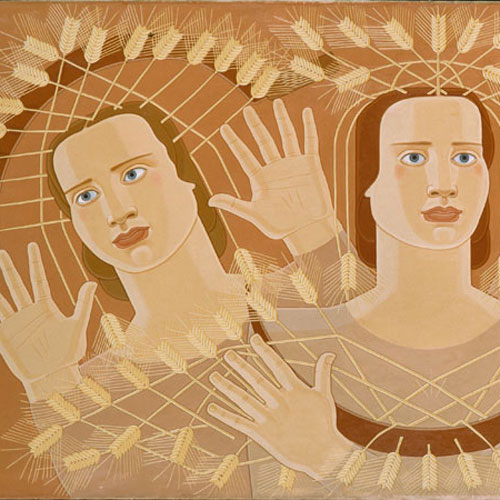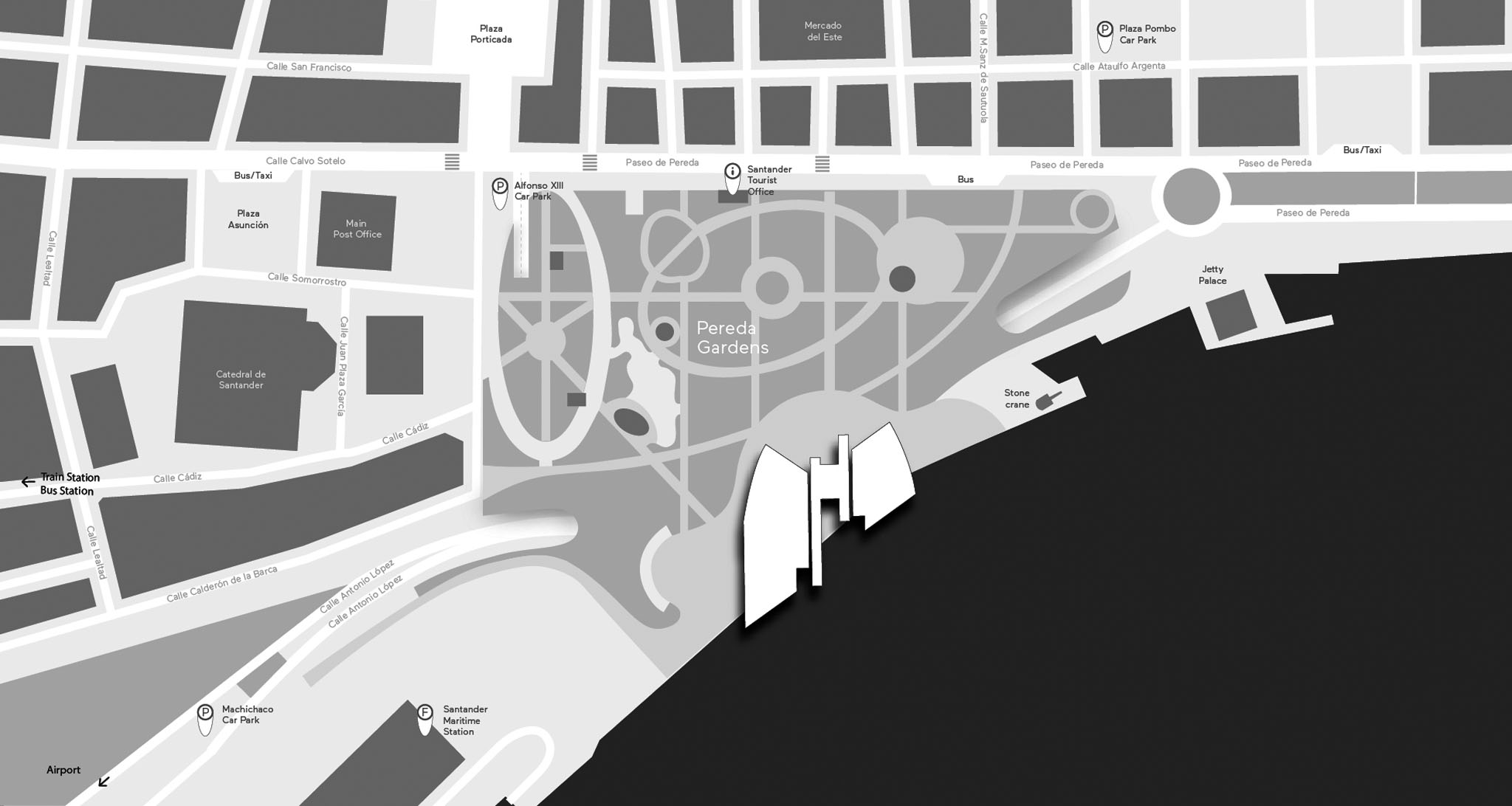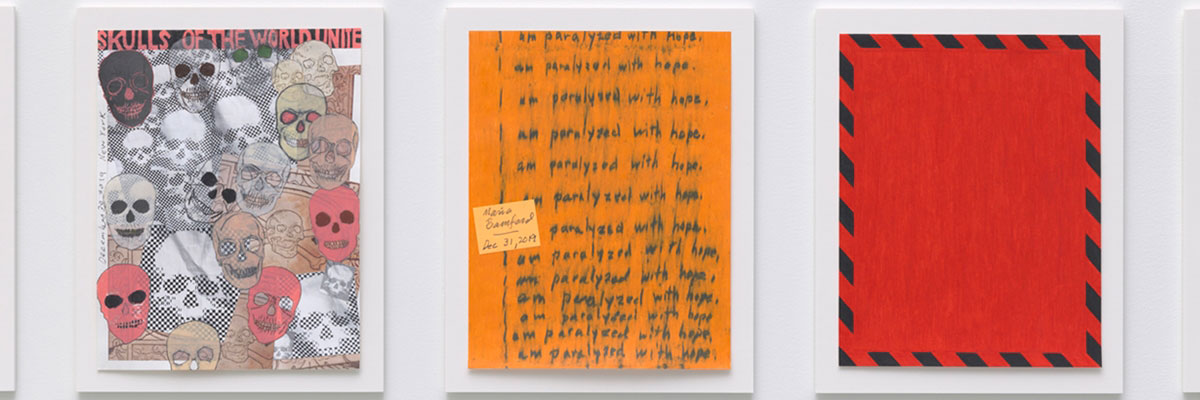
CENTRO BOTÍN PRESENTS ‘I AM PARALYZED WITH HOPE’ A SOLO EXHIBITION DEDICATED TO ARTIST RONI HORN
- Centro Botín will premiere new works by Roni Horn alongside artworks spanning almost 30 years of her career including photographs, drawings, sculptures, and performance.
- An accompanying catalogue will be published with contributions by acclaimed writer Carmen Maria Machado and curator, researcher and author Isabel de Naverán.
- Following an open call to cultural practitioners, Roni Horn will also lead Fundación Botín’s weeklong workshop from 20-24 March 2023.
Running from 1 April to 10 September 2023, Centro Botín (Santander, Spain) presents I am paralyzed with hope, a solo exhibition dedicated to major American artist Roni Horn. As well as showcasing key artworks spanning 30 years of the artist’s practice, the exhibition will premiere 10 of her iconic glass works and be the first institutional presentation of her LOG series. Artworks will include conceptually oriented photography, sculpture, drawing and performance. Curated in close conversation with Bárbara Rodríguez Muñoz, Director of Exhibitions and The Collection at Centro Botín, the works are installed to be site-responsive to Centro Botín’s unique architecture – a Renzo Piano-designed building suspended above the shoreline that bathes in the light of the Bay of Santander.
The title of the exhibition, I am paralyzed with hope, is a motif in one of Horn’s recent works which is borrowed from a sketch by comedian Maria Bamford, which Horn found on YouTube. On the subject of hope, Horn says: ‘Hope is, among other things, a survival tactic. It’s the uninterrupted subtext of life that presupposes a future. It’s a manifestation of the innate urge to keep living, breathing, moving, desiring. But hope to the point of paralysis is not hope. Has hope become a euphemism for hopelessness? Is hope inhibiting our reaction to existential threats? “I am paralyzed with hope” is, at once, silent and insidious undercurrent, and an endless scream.’
Director of exhibitions at Centro Botin, Bárbara Rodríguez Muñoz says, ‘Roni Horn has stated that water, and the weather, are her mentors. We are honoured to be able to present her works in a setting that offers a direct dialogue with the natural world. Santander’s light and sea seeps through her glass sculptures in a warm embrace.”
Entering the exhibition, visitors walk through a room lined with a.k.a (2008-9), a photographic series featuring 15 pairs of images of the artist taken from personal and family archives speaking to the multitude in each of us and the ambivalence of the self. The exhibition continues towards the north facing floor-to-ceiling windows of Centro Botin which oversees the city of Santander. Here visitors find Still Water (The River Thames, for Example) (1999), a series of 15 large photolithographs focusing on the section of the river Thames that flows through London. The work includes annotations by Horn with anecdotes, facts, quotes, empirical observations, and personal thoughts connected to the London river, including cases of suicide taken from press clippings, police reports and eyewitness accounts. It conjures reflections on the indivisible link that exists across bodies of water and the continuity that persists between life and death. The room also exhibits Gold Mats, Paired (For Ross and Felix) (1994/2003) on the gallery floor, a sculpture composed of two rectangular sheets of pure, annealed gold. It is dedicated to her late and dear friend artist Felix Gonzalez Torres and his lover Ross Laycock and introduces states of love, mourning and friendship. The exhibition continues with This Is Me, This Is You (1997-2000), comprised of two grids of 48 photographs of Horn’s niece taken over a period of three years and presented on opposite walls, and Portrait of an Image (with Isabelle Huppert) (2005-6), a grid of 100 portraits of the actress re-enacting the personalities of her fictional characters.
Midway through the exhibition, visitors find Th Rose Prblm (2015), a body of work made up of 48 different drawings featuring iterations of two phrases – “a rose is a rose is a rose” from Gertrude Stein’s poem Sacred Emily (1913) and the idiom come up smelling like roses – hand drawn, cut and interspliced through each other into all possible outcomes. Horn’s conceptual approach to language makes sense from nonsense to draw a metaphor on the changeable nature of identity.
The exhibition’s journey concludes with Horn’s most recent works, including the first institutional presentation of LOG (March 22, 2019–May 17, 2020) (2019-2020). The series features 406 sheets of drawn paper that function as a record of daily observations and events that have informed the artist’s sensibility and voice. The penultimate room presents Saying Water (2001), a 40-minute monologue based on Horn’s own musings and associations with water. And finally, in the room with floor-to-ceiling windows that open the space onto the water, visitors find Horn’s latest distinguishing cast glass sculptures Untitled (“The tiniest piece of mirror is always the whole mirror”) (2022). Cylindrical with a smooth reflective concave top, each sculpture behaves as an eye to its surrounding environment. Horn works with the tension of glass’ materiality, which is neither solid nor liquid. Its atoms are in perpetual imperceptible motion. Horn applies this innate duality to explore states of water, interrogating identity, meaning and perception.
The exhibition will be accompanied by a catalogue with newly commissioned texts by celebrated American author Carmen María Machado and Spanish curator, researcher and author Isabel de Naverán, as well as an interview between the artist and curator Rodríguez Muñoz.
Ahead of the exhibition opening, Horn and de Naverán will invite cultural practitioners to participate in Centro Botín’s Art Workshop programme. Accompanying each major show at Centro Botín, exhibiting artists are invited to lead a residency programme with selected cultural practitioners. The parameters are determined by the invited artists. Participants take part in an immersive residency-style opportunity – living, communing, thinking, writing and creating – under the guidance of the host artist. The workshop reflects Centro Botín’s cutting-edge, world-class programme.
